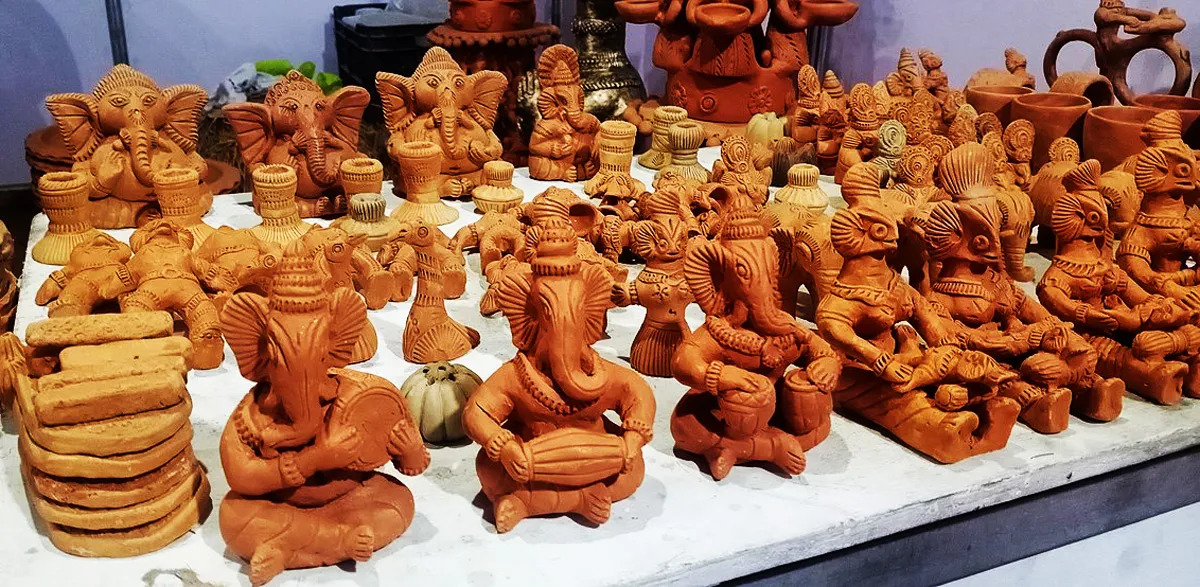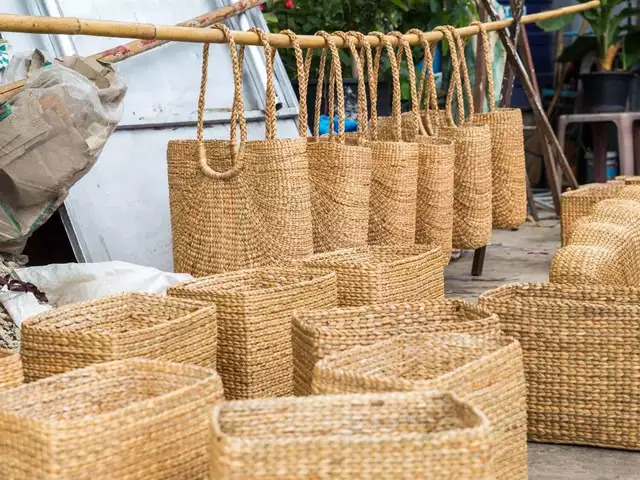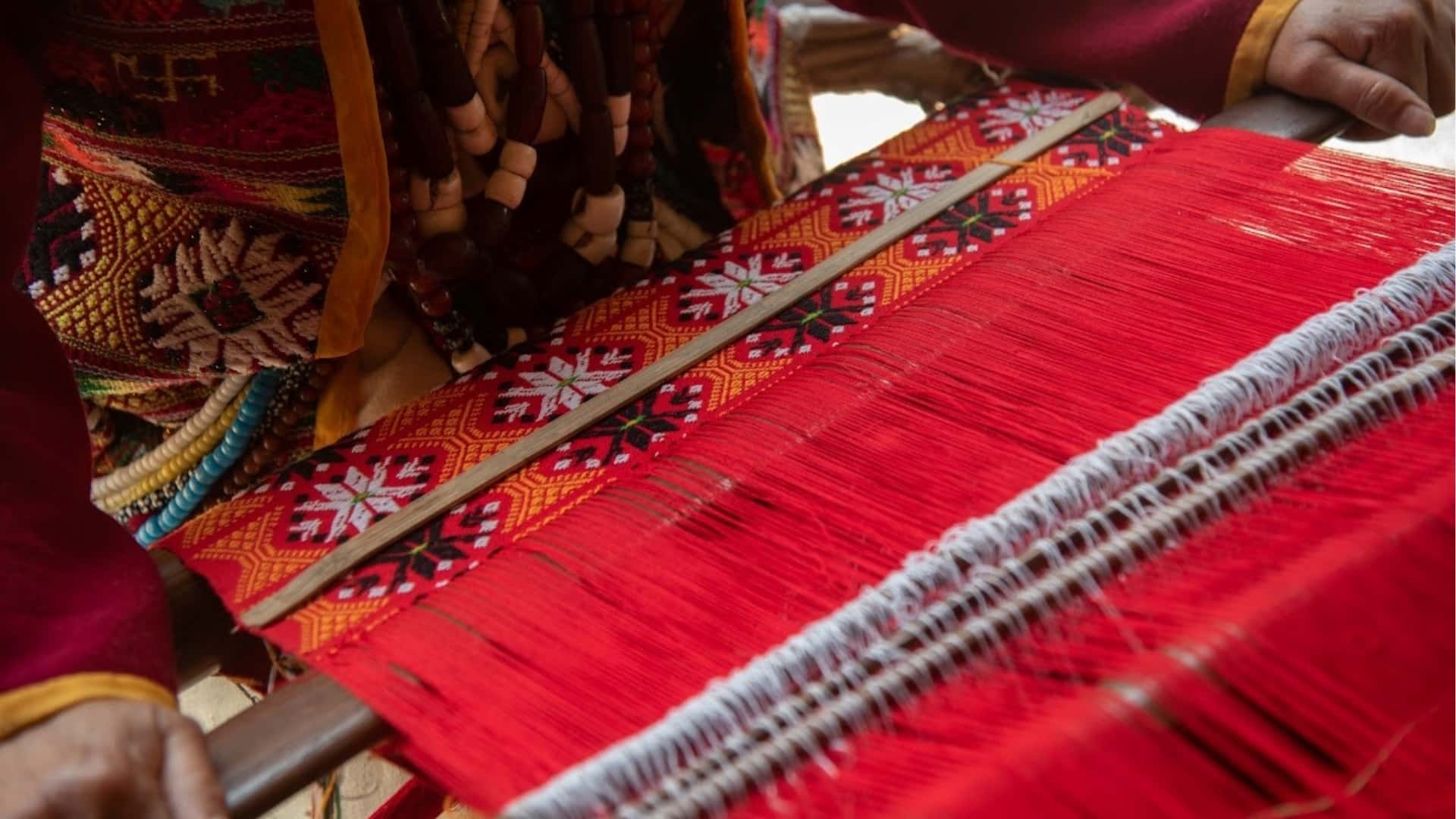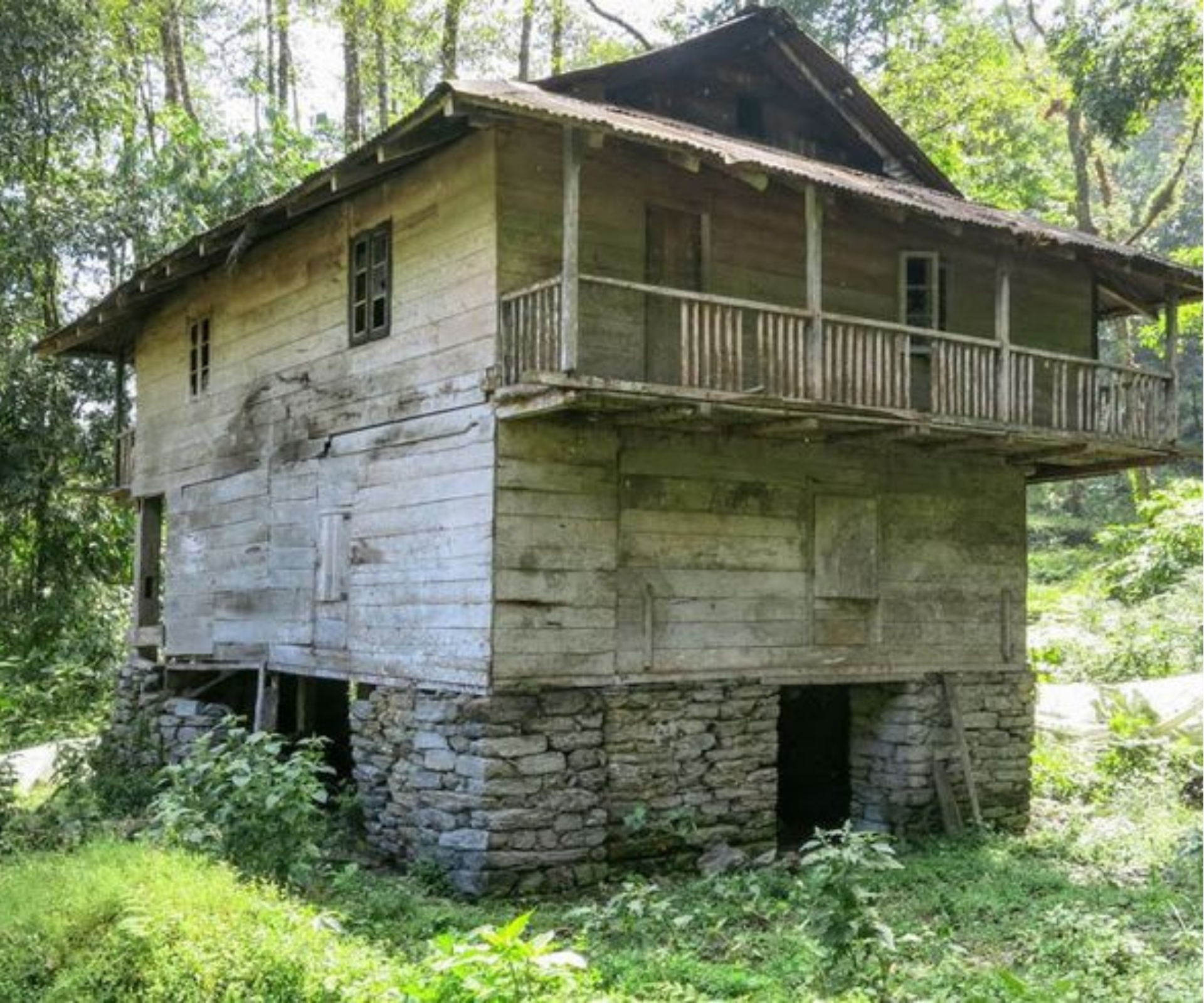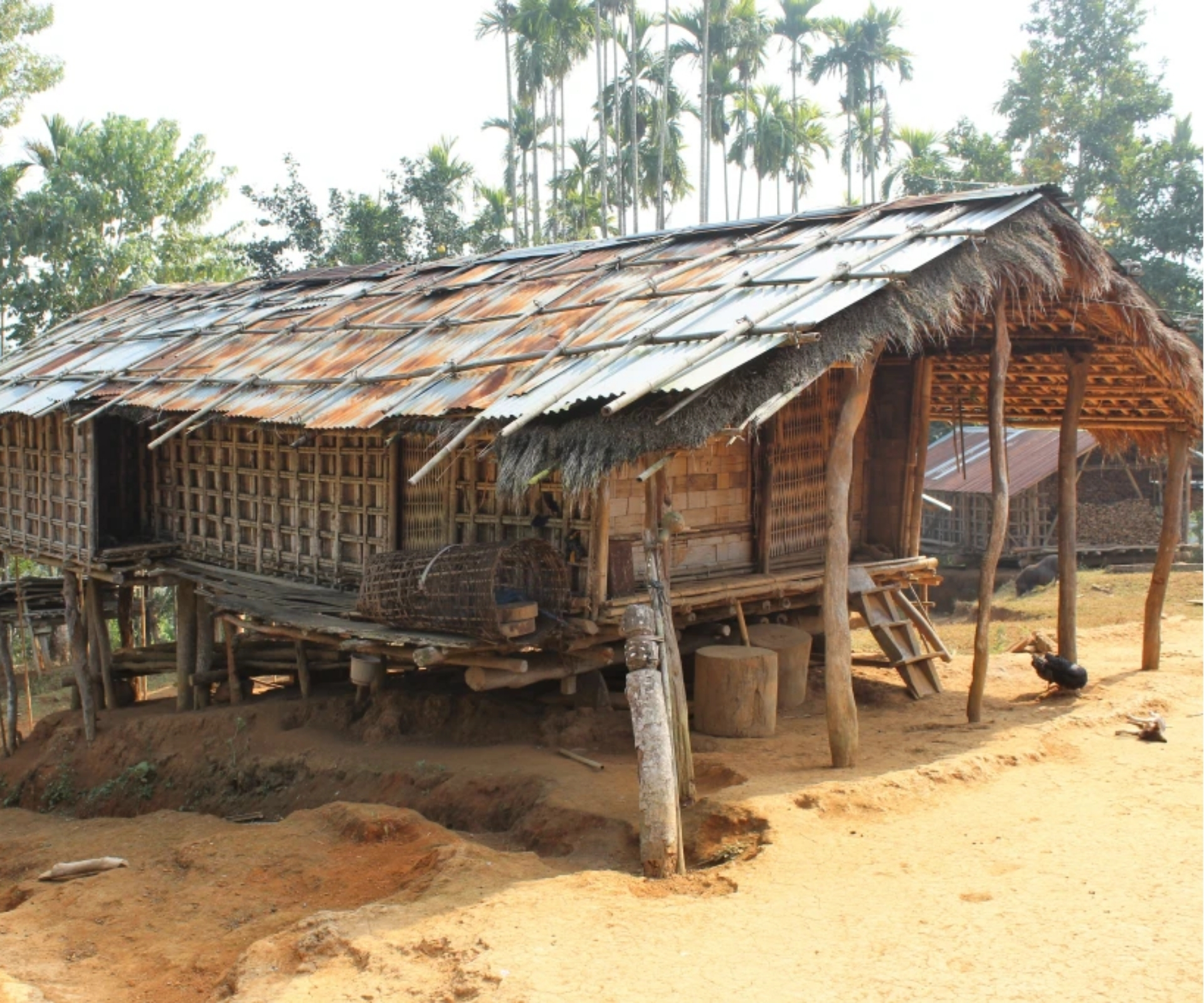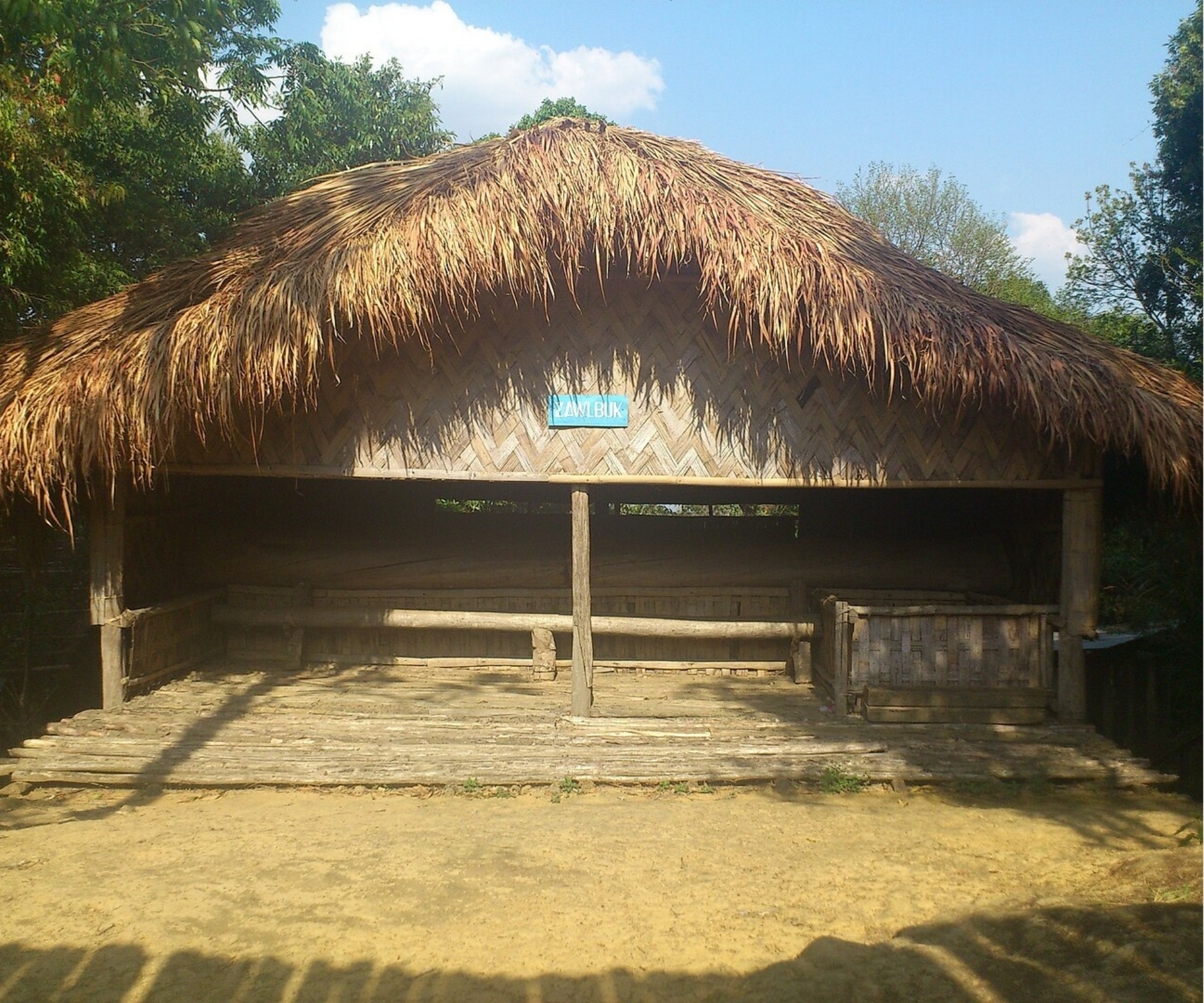Introduction:
Dokhona is a traditional handwoven garment worn by the Bodo women of Assam. It is a significant part of Bodo cultural identity and is known for its vibrant colors and intricate designs. Dokhona is primarily worn during festivals, ceremonies, and other important social events, symbolizing the cultural heritage of the Bodo community. This textile showcases the weaving skills and craftsmanship passed down through generations.
Description:
The Dokhona is one of the most iconic traditional garments of the Bodo people, an indigenous community in Assam. Worn by Bodo women, it is a long piece of cloth that wraps around the body and is worn as a dress. The Dokhona has deep cultural significance and is an integral part of the Bodo community's traditional attire, especially during festivals and important life events such as weddings and religious ceremonies.
Dokhona is handwoven by Bodo women using traditional looms, and the art of weaving has been passed down through generations. The process of creating a Dokhona begins with the preparation of the yarn, which is typically made from cotton or silk. Cotton is commonly used for daily wear, while silk, particularly Assam’s famous Muga or Eri silk, is used for special occasions. The yarn is hand-spun and dyed using natural pigments derived from plants, roots, and minerals found in the surrounding region, making the textile eco-friendly and sustainable.
One of the most distinctive features of Dokhona is its vibrant color palette, which includes bright shades of red, green, blue, yellow, and black. These colors hold symbolic meanings in Bodo culture. For instance, red represents life and vitality, while black symbolizes protection. The designs on the Dokhona are geometric and often feature motifs such as zigzags, diamonds, and floral patterns. These designs are not only decorative but also carry cultural significance, representing various elements of nature and Bodo mythology.
The weaving process is labor-intensive, requiring great skill and patience. The intricate patterns are created using a technique known as supplementary weft weaving, where additional threads are inserted into the fabric to form the designs. The weaver carefully controls the tension of the threads to ensure that the patterns are precise and uniform. Each piece of Dokhona is unique, reflecting the creativity and skill of the weaver.
In addition to being worn as daily attire, the Dokhona is also an essential garment during festivals, religious ceremonies, and social gatherings. It is often worn with other traditional accessories such as the "Jwmgra" (scarf) and "Aroi" (headgear), completing the traditional Bodo ensemble. The Dokhona is not only a garment but also a symbol of the wearer’s cultural identity and pride in Bodo heritage.
The GI registration of Dokhona has played a crucial role in preserving this traditional craft and providing recognition to the artisans who continue to practice it. The GI status ensures that only authentic Dokhona textiles, made by local weavers, can be sold under the GI tag. This has helped protect the cultural integrity of the textile and opened up new markets for the weavers, allowing them to sell their products both within India and internationally.
The economic benefits of GI recognition have encouraged younger generations to continue the craft, ensuring that the tradition remains alive. Dokhona has also gained recognition beyond its traditional use, with fashion designers and textile enthusiasts appreciating its intricate designs and vibrant colors. As the demand for sustainable and ethically produced textiles grows, Dokhona is finding new markets, helping to sustain the craft and provide economic opportunities for the weavers.




